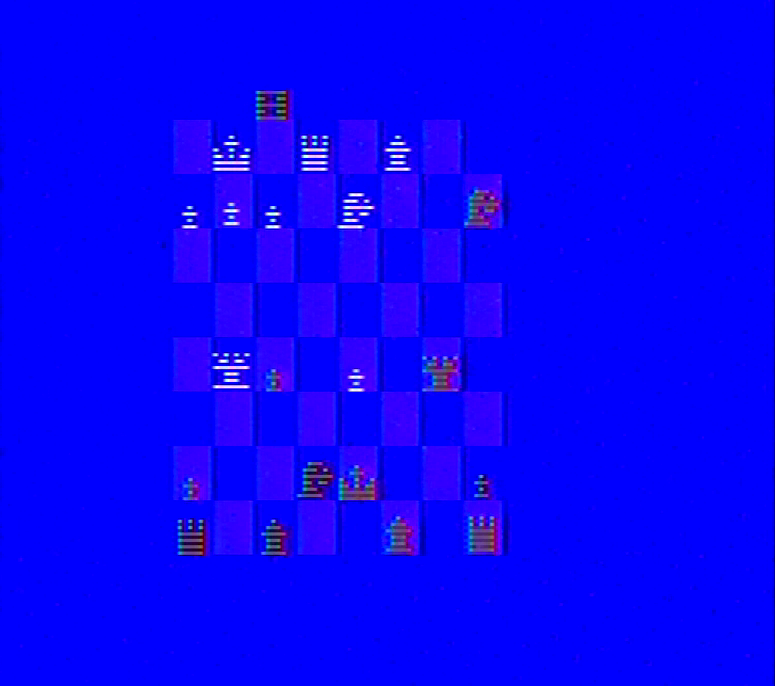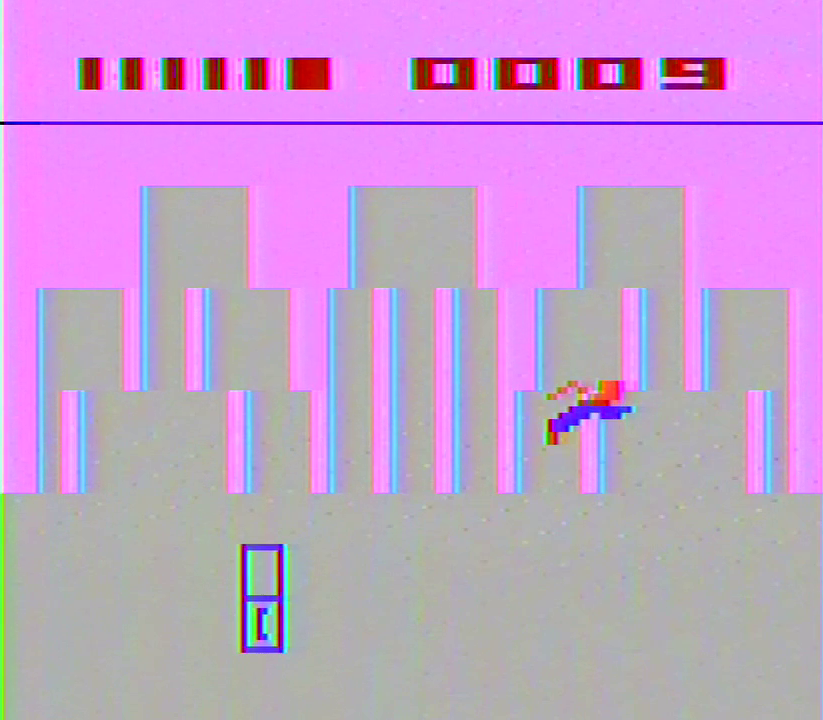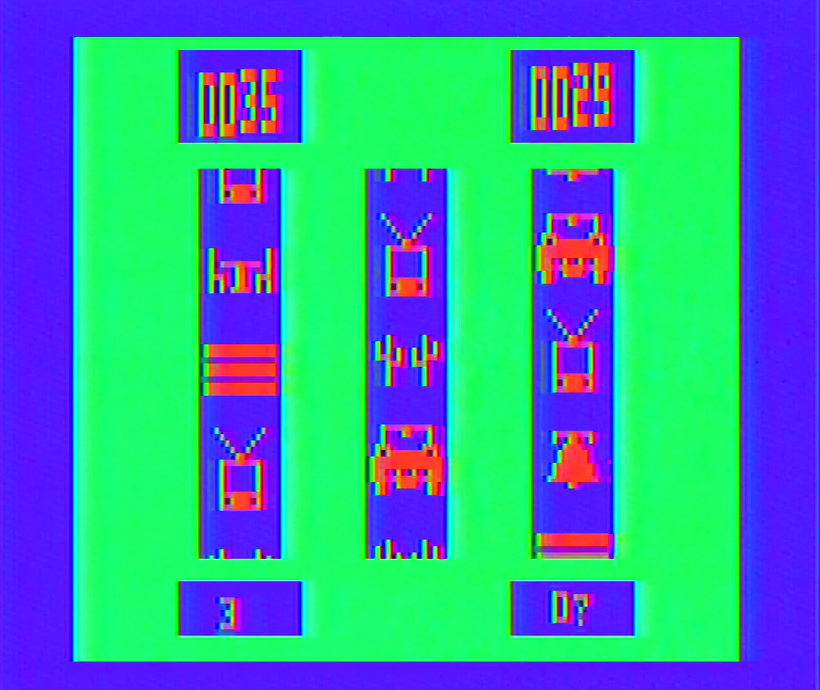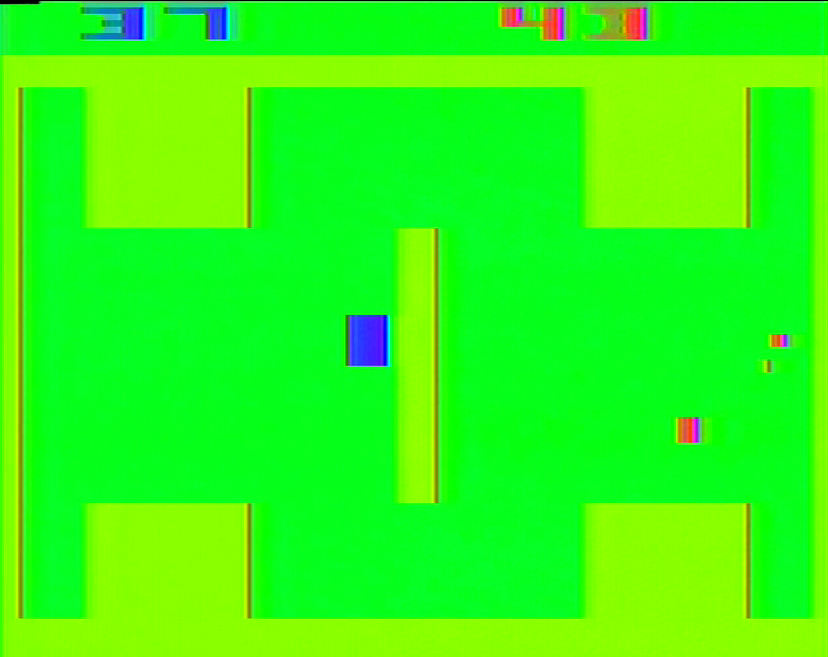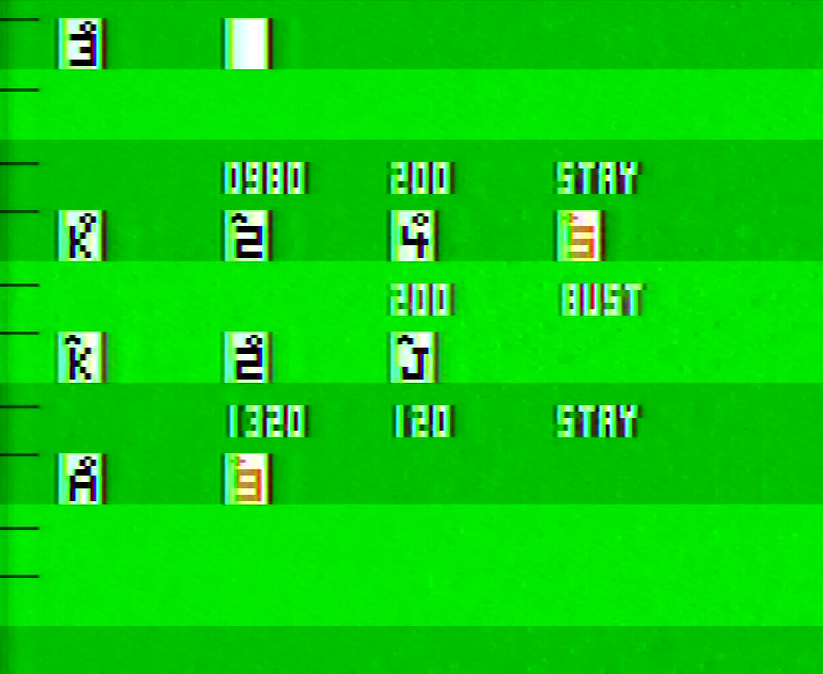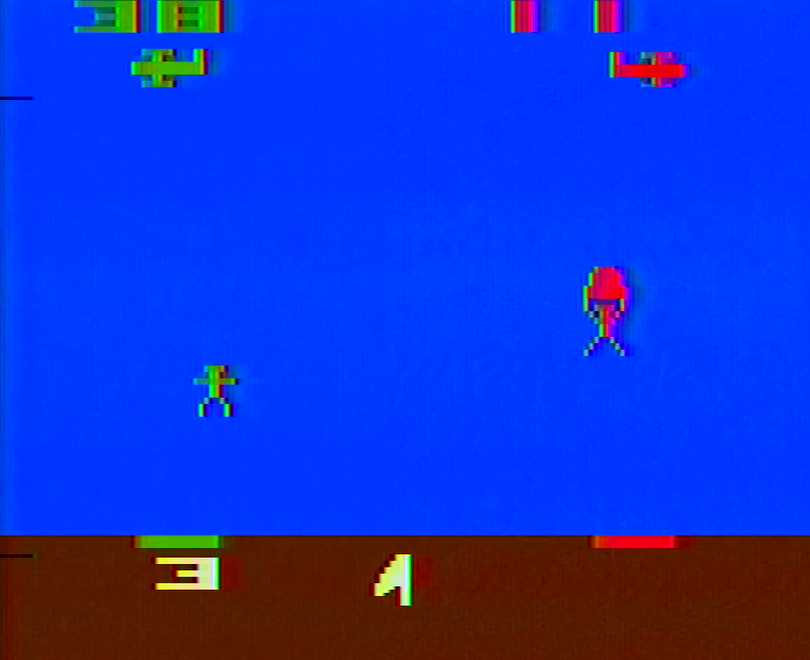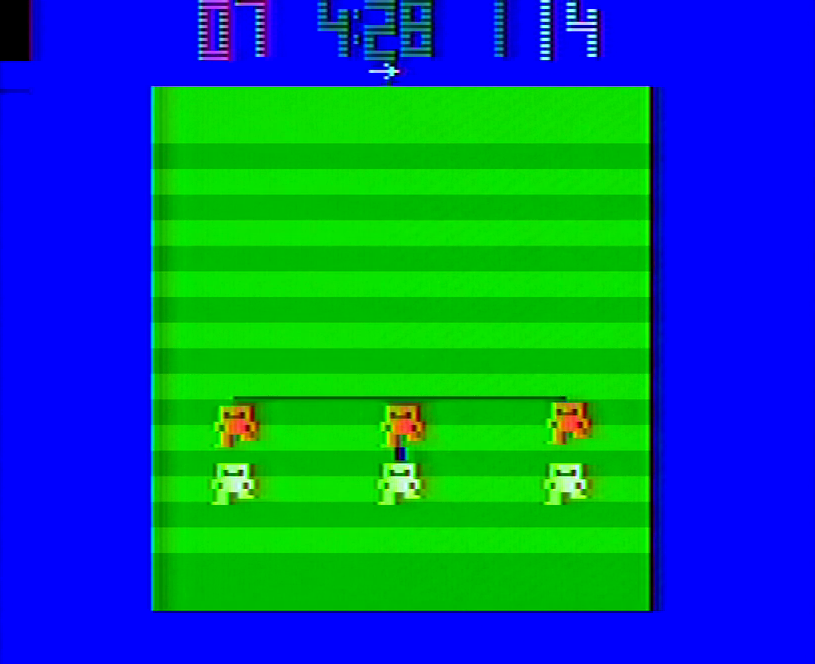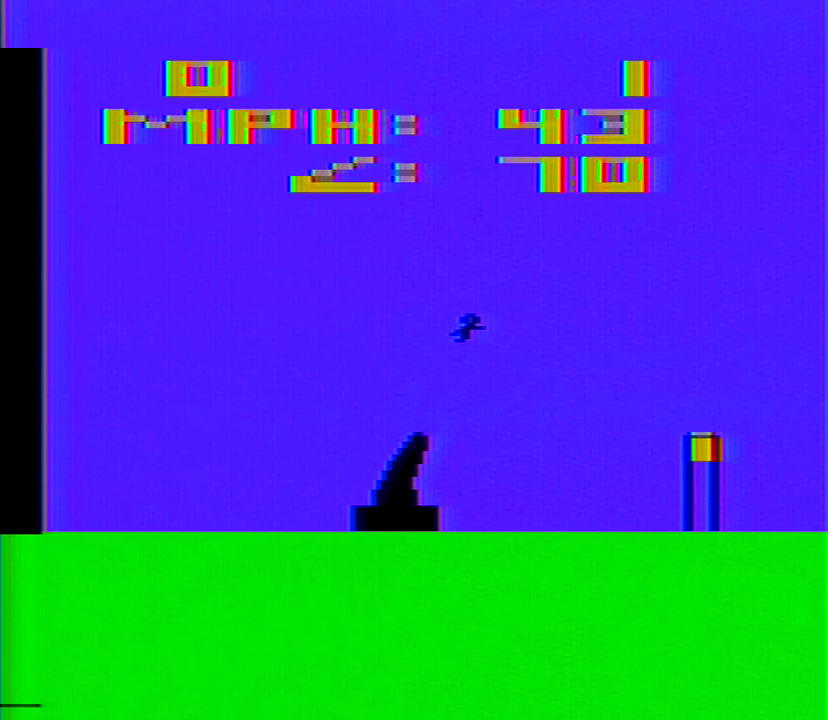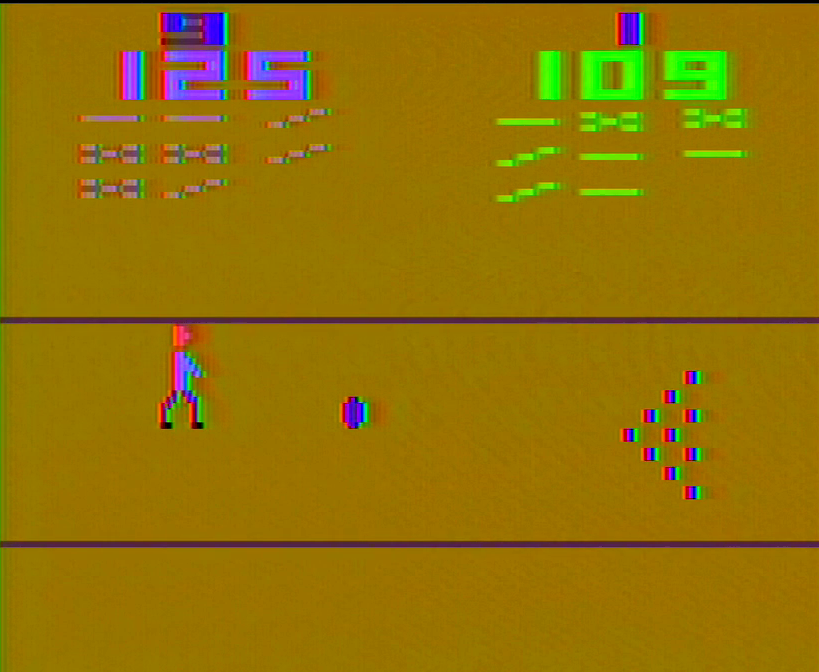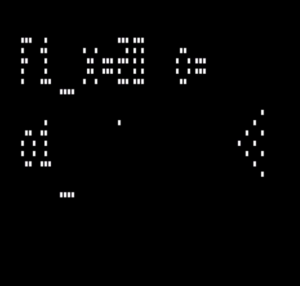Here we go again with another sports game for the Atari VCS that is a bit of an odd fit for the console. Unlike two other prominent and effective sports translations to the platform – fellow March release Bowling and 1978’s Basketball – Football is a game that, by its nature, requires teams to field far more players than the limited number of sprites the VCS can normally place on screen. Despite this, the game actually kind of works, and is a fun, if not terribly accurate, take on the sport.
Football was written by Bob Whitehead, the same fellow behind the 1978 release Home Run – another team sports game that tried to translate something the VCS is ill-suited for. In fact, Whitehead said that Football runs a similar kernel as Home Run – a kernel being a graphics-generating part of the program, essentially the VCS equivalent of a game’s engine. In that game, he was able to multiplex sprites to create a line of three fielders at a given time, and using sprite flickering – alternating which sprite appears where on each individual frame – he could create the appearance of many more players on the field at once. This technique doesn’t come across great on modern displays, but on an old cathode-ray tube television, it’s a bit more subtle. Like baseball, football requires a lot of players, so Whitehead once again combined multiplexed sprites with flicker to field two teams of four players each, alternating which player is visible each frame.
Continue reading “Football – March 1979” →
